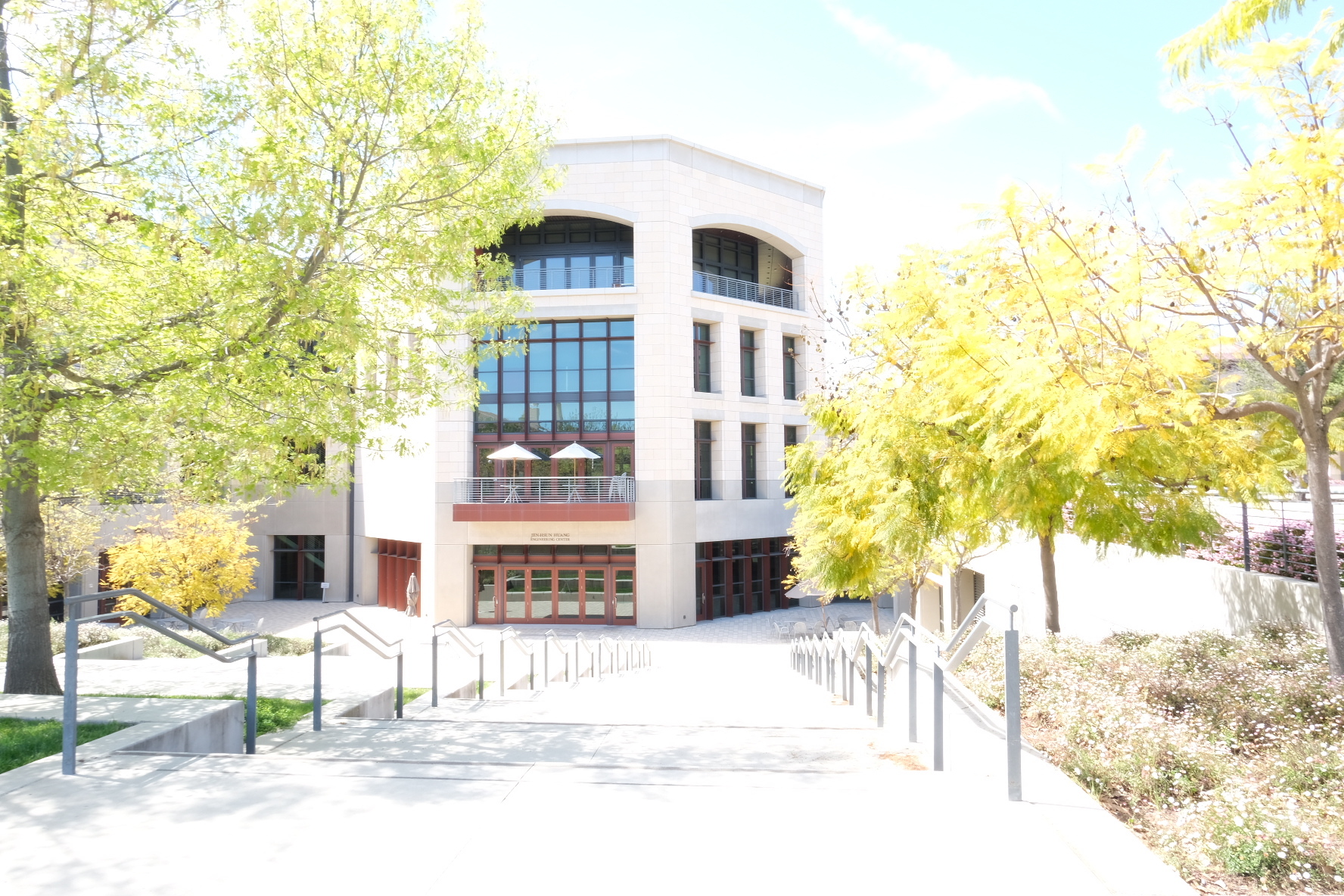With nationwide shortages of beds, ventilators and healthcare personnel, Stanford researchers responded by building a calculator to aid policymakers and hospital administrators in projecting and planning around resource scarcity.
On its front end, the calculator requires two inputs — hospitalizations and disease spread doubling time — to project bed demand by coronavirus patients in any given county.
On the back end, the calculator links user input with data on each county’s age distribution, number of hospital beds and count of confirmed cases. The data is automatically scraped and imported from the U.S. Census, the American Hospital Association and The New York Times, respectively.
The calculator was developed by graduate students in management science & engineering (MS&E) professor David Scheinker’s research group, Systems Utilization Research For (SURF) Stanford Medicine. It supports decision-making at the county level. A second calculator developed by SURF can be used specifically by hospitals.
However, the calculator, like any model, has its limitations: Its predictions are only as accurate as its data inputs, Scheinker told The Daily.
“How can hospital and community leaders figure out what kind of decisions they should be making right now? Like, when am I going to need more beds? When do I make sure I call in more nurses or doctors?” he said. “Our approach has been to minimize how many assumptions we make and use empirical data that are already being collected and relatively reliable, to give short-term forecasts about how much capacity you’re going to need.”
Scheinker’s group has focused on projecting short-term, rather than long-term, resource shortages.
“There’s just fundamentally too much unknown about this epidemic to accurately make predictions about resource demand for the long term,” he said.
Healthcare decision-makers can use the model to tap into rich local data sources and receive projections of their short-term resource needs.
How did the model come into fruition?
Scheinker credited pre-coronavirus collaborations for enabling his research group to respond quickly and safely in the chaos of the pandemic.
“We’re used to working day in and day out with hospital leaders, doctors and nurses,” he said. “What’s the decision a healthcare worker is going to make? What’s the problem that this decision is going to help them solve? That’s the level of granularity we’re working at.”
Scheinker also credited well over a dozen faculty, students and funders who made the calculator possible. His “arsenal” of collaborators includes engineers, epidemiologists, healthcare executives, management scientists, doctors and other healthcare workers — all giving real-time feedback as the calculator got off the ground.
“It’s getting immediately used and applied to the real world. In research, that turnaround is really special,” said Teng Zhang, a fourth-year MS&E Ph.D. student.
“There were four students working around the clock on the regional model, and it started the week before finals,” said Johannes Ferstad, a first-year MS&E Ph.D. student. “We worked from eight in the morning to one or two a.m.”
The final product came together “hackathon style,” said Angela Gu, a second-year computer science M.S. student. Albeit, she added, with continual input and course correction from health professionals and leading experts at Stanford.
Their product isn’t without personal touch: The calculator is designed with public safety in mind.
“We’ve explicitly made it less user-friendly,” Scheinker said.
His research group disabled several default parameters on the calculator, instead forcing users to input advanced health information themselves before receiving any numbers.
“What you don’t want is somebody opening this model, inputting values that aren’t relevant to their community, and then going around saying, ‘Hey, look! The Stanford model says we’re going to run out of hospital beds in two weeks and everyone is going to die.’’’ Scheinker said. “No, we wanted some friction to make sure more responsible, knowledgeable people were using it.”
Motivation for this project lies close to home.
“At least half the people on our team have had COVID personally impact them,” Scheinker said.
Scheinker himself is on paternity leave, and he cradles his newborn daughter as he speaks about the resource calculator. Over Zoom, his academic and personal drivers are in-frame together and beget his own manner: both animated by mathematical modeling’s application to coronavirus, and thoughtful about its consequences for human life.
Contact Yasmin Rafiei at yrafiei ‘at’ stanford.edu.
